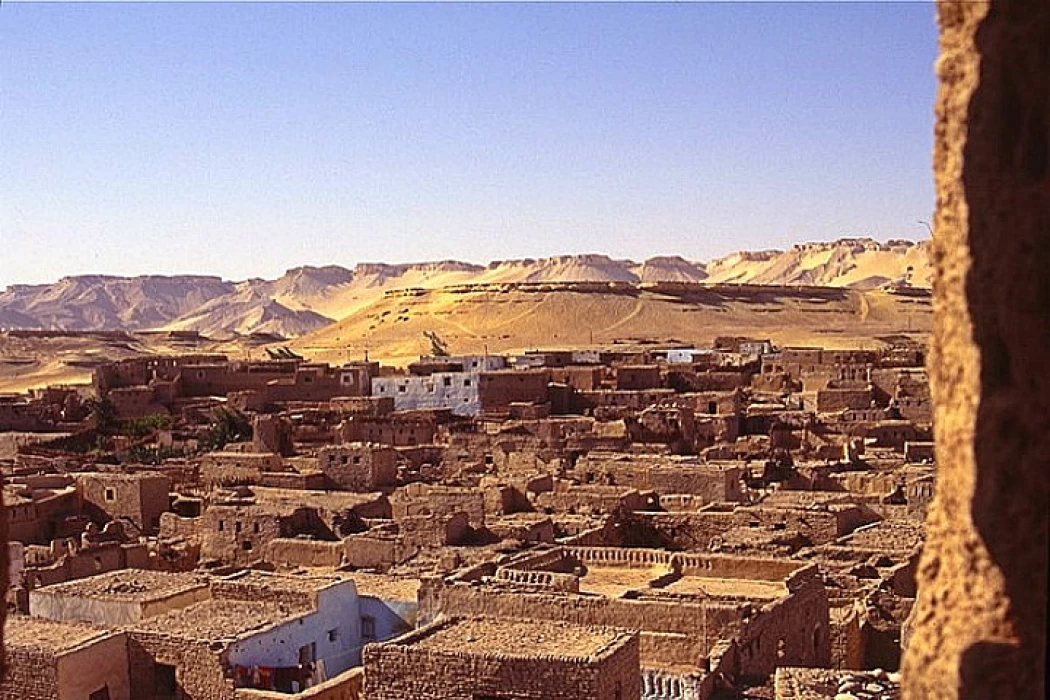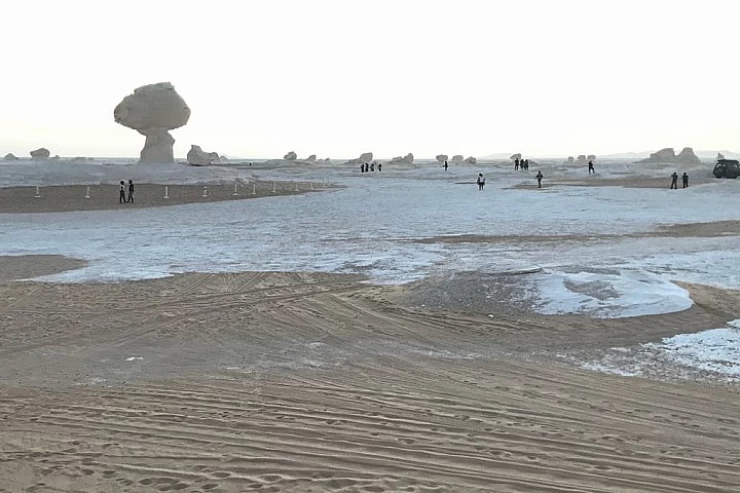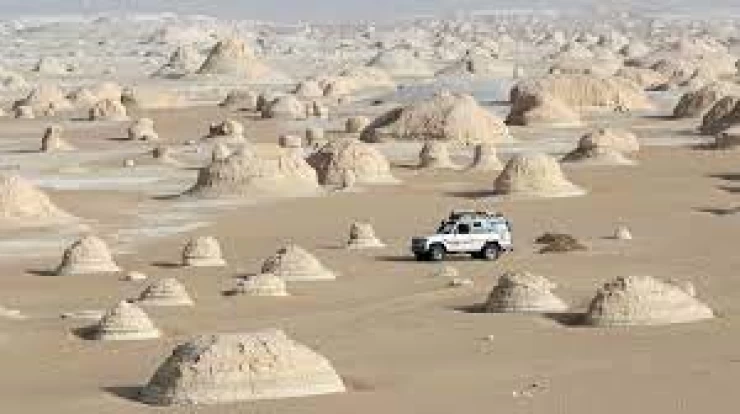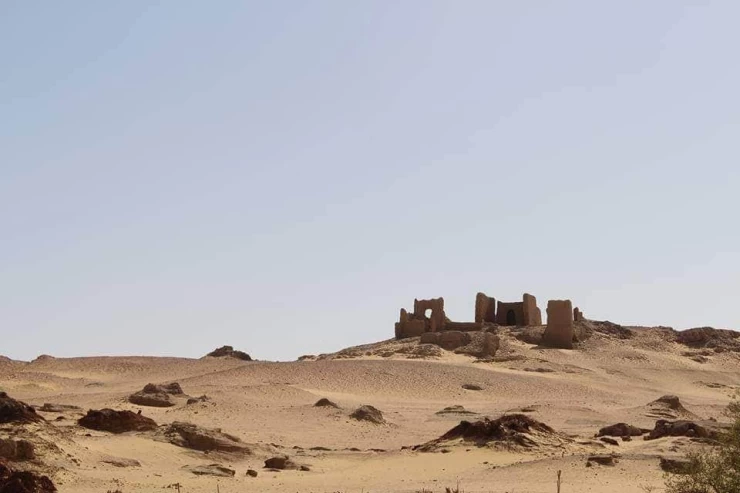
Kharga Oasis
The Historical Significance of Kharga Oasis
Kharga Oasis, situated in Egypt’s Western Desert, has long been a pivotal location due to its strategic position and historical richness. As one of Egypt's primary oases, Kharga has played a crucial role throughout ancient and medieval history, contributing to its reputation as a significant cultural and economic center.
Ancient Beginnings
Kharga Oasis has been inhabited since antiquity, with its history tracing back to the Pharaonic era. The oasis’s importance grew as it became a crucial stop on the ancient caravan routes connecting Egypt with the rest of Africa and the Middle East. Its location made it a vital link in the trade network, facilitating the exchange of goods such as gold, incense, and other commodities.
Ancient Egyptian Influence: The oasis was known for its agricultural potential, which was harnessed by the ancient Egyptians. The fertile land provided essential resources for trade and sustenance. Temples and tombs in the region suggest that it was an area of religious significance as well.
Roman and Byzantine Periods
Roman Era: During the Roman period, Kharga Oasis flourished as a major administrative and military center. The Romans constructed several forts and infrastructure to protect and control the trade routes. The ruins of these Roman fortifications, including the well-preserved Temple of Hibis, highlight the oasis’s strategic importance. The Temple of Hibis, dedicated to the deity Amon, stands as a testament to the Roman architectural influence in the region.
Byzantine Influence: Following the Roman era, Kharga continued to be a key settlement during the Byzantine period. The remains of Byzantine-era churches and monasteries provide evidence of the Christian presence in the oasis and its role as a center of religious and cultural activity.
Islamic and Medieval Periods
Islamic Era: With the advent of Islam, Kharga Oasis remained an important location. During the Islamic period, the oasis served as a hub for religious scholars and travelers. The architecture from this period includes mosques and administrative buildings that reflect the Islamic influence on the region’s cultural and architectural landscape.
Medieval Significance: Throughout the medieval period, Kharga continued to be a crucial center of trade and agriculture. The oasis’s role in the broader economic and political landscape of the region was marked by its continued use as a trading post and its contribution to regional agriculture.
Modern Era
In contemporary times, Kharga Oasis is recognized for its historical and archaeological significance. The oasis is part of Egypt's New Valley Governorate and has become a focus for tourism and conservation. Modern developments have sought to balance the preservation of its rich history with the needs of contemporary development.
Tourism: Today, Kharga Oasis attracts visitors interested in exploring its historical sites, including the Roman ruins, Byzantine churches, and Islamic architecture. The area’s natural beauty, including its expansive desert landscapes and hot springs, adds to its appeal as a destination.
Archaeological Efforts: Ongoing archaeological work continues to uncover new aspects of the oasis’s past, shedding light on its role in ancient trade routes and its historical development over millennia.
This is literally the largest and most populous oasis in the western desert. the most developed oasis because of investment by the government in modernizing Egypt into the western desert. It is also centrally placed so that it may be a good starting point for really fabulous safaris into Egypt's desert through the western desert.
Kharga City is quite modern, so you don't really get an oasis-like feeling except in its surrounding villages. where even then you could see the beautiful palm groves and fruit trees.
Kharga becomes a very nice point of departure for magnificent desert safaris in Egypt through the western desert. It is indeed possible to visit from here in and around the city sites of ancient Egyptian and Greco-Roman origins, like the Hibis Temple, and buy great pottery from street traders at the south side of the city (souk), then go out from Qasr—the city of the oasis—to the interesting museum of Kharga's antiques.
The Oasis of Kharga is the largest and most inhabited oasis within the western desert. It's the foremost developed oasis due to the efforts of the government to support the modernization of Egypt’s Western Desert.The city of Kharga is just too fashionable that you just do not associate an oasis-like feeling unless within the close villages. Wherever you continue, you will see the gorgeous palm groves and fruit trees.
Kharga can, therefore, be thought of as the ideal base for exciting Egypt desert safari trips within the western desert. In and around the town, you'll be able to visit ancient Egyptian and Greco-Roman sites, as well as the Hibis Temple, and purchase pottery from native traders within the straightforward market (souk) of the southern part of town. from Qasr, the town of the oasis, before heading to the fascinating museum of Kharga antiques.

















